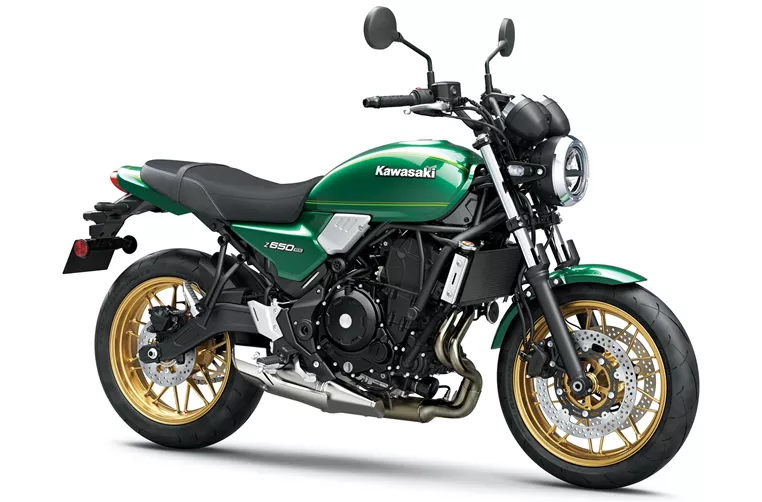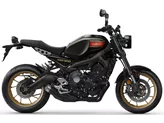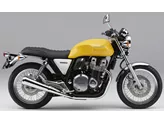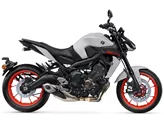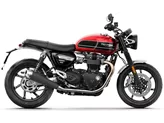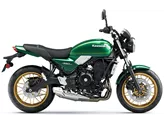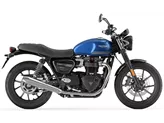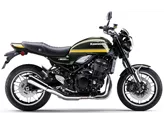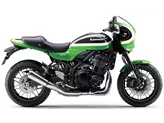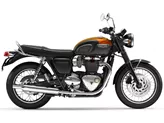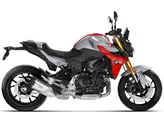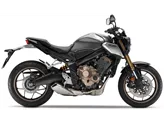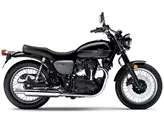Kawasaki Z900 RS 2018 vs. Kawasaki Z650 RS 2022

Kawasaki Z900 RS 2018
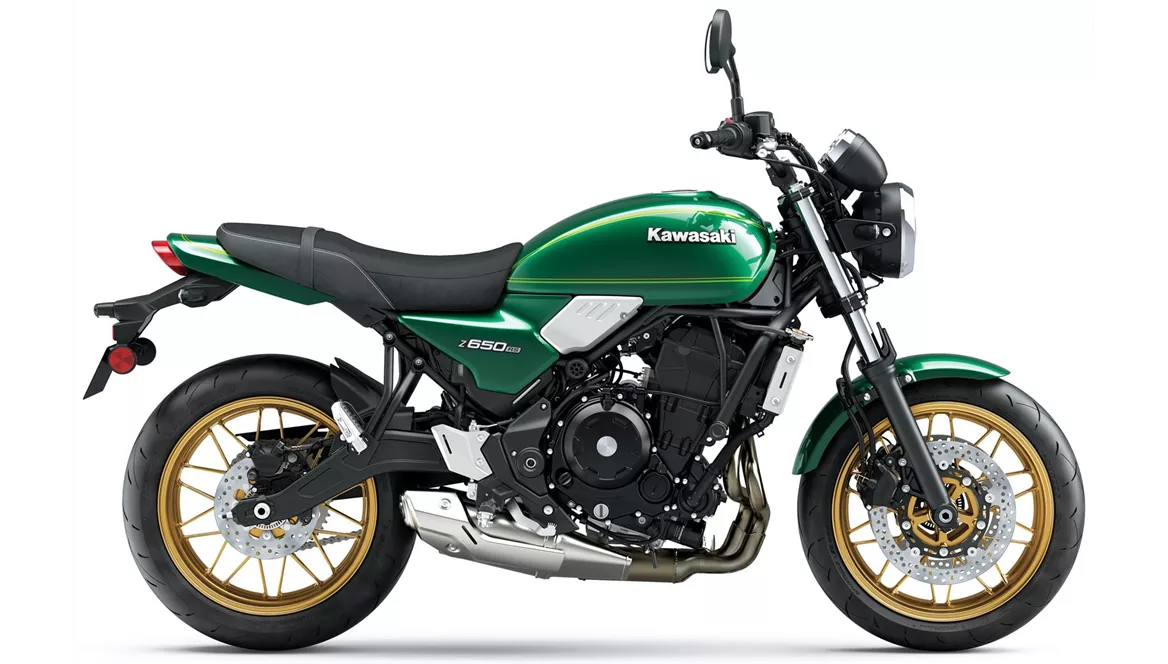
Kawasaki Z650 RS 2022
Overview - Kawasaki Z900 RS 2018 vs Kawasaki Z650 RS 2022
The Kawasaki Z900 RS 2018 and the Kawasaki Z650 RS 2022 are both naked bikes from Kawasaki, but they have some notable differences in terms of specifications and features.
Starting with the engine, the Z900 RS 2018 is equipped with a more powerful engine compared to the Z650 RS 2022. The Z900 RS has an inline four-cylinder engine with a displacement of 948cc, producing 111 horsepower and 98.6 Nm of torque. On the other hand, the Z650 RS features an inline twin-cylinder engine with a displacement of 649cc, generating 68.2 horsepower and 65.7 Nm of torque. This makes the Z900 RS more suitable for riders who prefer a more powerful and exhilarating riding experience.
In terms of suspension, both bikes have a swing arm rear suspension with a monoshock absorber. However, the Z900 RS 2018 is equipped with an upside-down telescopic fork front suspension, while the Z650 RS 2022 has a conventional telescopic fork front suspension. The upside-down telescopic fork on the Z900 RS provides better stability and control during cornering and aggressive riding.

Kawasaki Z900 RS 2018
Both bikes have a steel tubular frame, which provides a sturdy and reliable chassis. The braking system on the front wheels is also similar for both models, with double disc brakes and a diameter of 300mm. However, the Z900 RS 2018 has four-piston calipers, while the Z650 RS 2022 has double-piston calipers. This means that the Z900 RS offers more stopping power and better braking performance.
In terms of advanced rider assistance systems, both bikes are equipped with ABS. However, the Z900 RS 2018 also features additional systems such as Ride by Wire and Traction Control, which provide enhanced control and safety during riding.
When it comes to dimensions and weights, the Z900 RS 2018 is slightly larger and heavier than the Z650 RS 2022. The Z900 RS has a wheelbase of 1470mm, seat height of 835mm, and a kerb weight of 215kg (with ABS). On the other hand, the Z650 RS has a wheelbase of 1410mm, seat height of 820mm, and a kerb weight of 187.1kg (with ABS). The Z900 RS also has a larger fuel tank capacity of 17 liters, compared to the Z650 RS with a capacity of 15 liters.
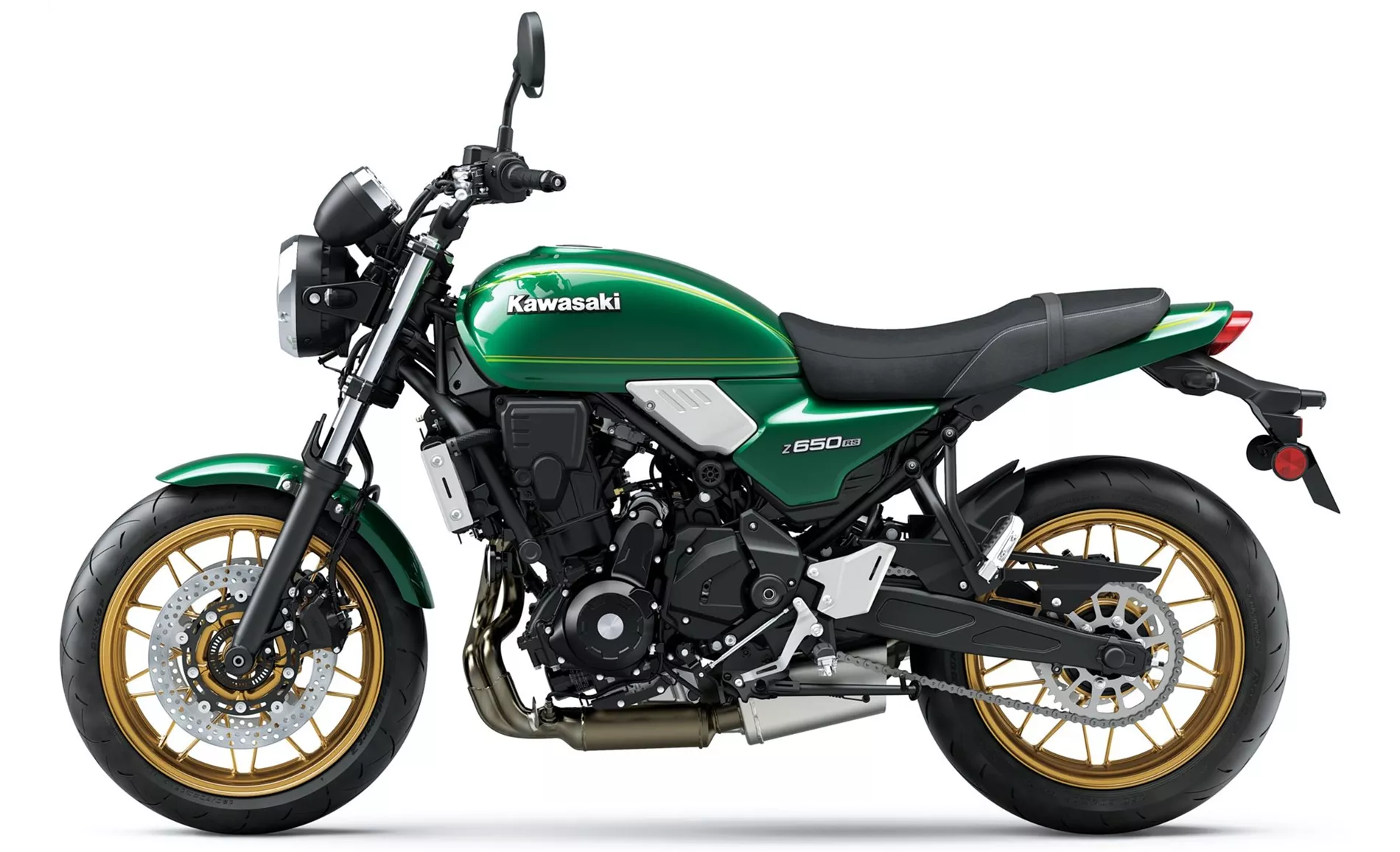
Kawasaki Z650 RS 2022
In terms of strengths, the Z900 RS 2018 is praised for its powerful and smooth engine, good looks, comfortable seating position, easy rideability, and balanced handling. It is described as neither nervous nor ponderous, providing a confident and enjoyable riding experience. On the other hand, the Z650 RS 2022 is commended for its perfectly realized retro design, analogue displays, lively engine, accessible handling, powerful brakes, comfortable ergonomics, adjustable levers, and being a real eye-catcher.
As for weaknesses, the Z900 RS 2018 is criticized for not having a shift assistant, being heavier than other retro bikes in its class, having a seat that may be too soft for long tours, and lacking wind protection. On the other hand, the Z650 RS 2022 is mentioned to have a slightly softer sound, which may not appeal to riders looking for a more aggressive and sporty exhaust note.
Overall, the Kawasaki Z900 RS 2018 and the Kawasaki Z650 RS 2022 are both impressive naked bikes with their own unique strengths and weaknesses. The Z900 RS offers more power, advanced rider assistance systems, and a larger fuel tank capacity, while the Z650 RS boasts a perfectly realized retro design, comfortable ergonomics, and adjustable levers. Riders should consider their preferences and riding style when choosing between these two models.
Technical Specifications Kawasaki Z900 RS 2018 compared to Kawasaki Z650 RS 2022
Pros and Cons in comparison
Pros and Cons in comparison
Kawasaki Z900 RS 2018

Its four-cylinder is silky smooth while delivering enough power to make you grin under your helmet. It is also very easy to move, which should make it a great commuter bike in everyday life and serve as an iconic fun bike at the weekend. The looks find the perfect straddle of classic design and modern details to form a coherent retro package that is also a worthy tribute to Kawasaki history. It's a great naked bike with a snazzy look.
Kawasaki Z650 RS 2022
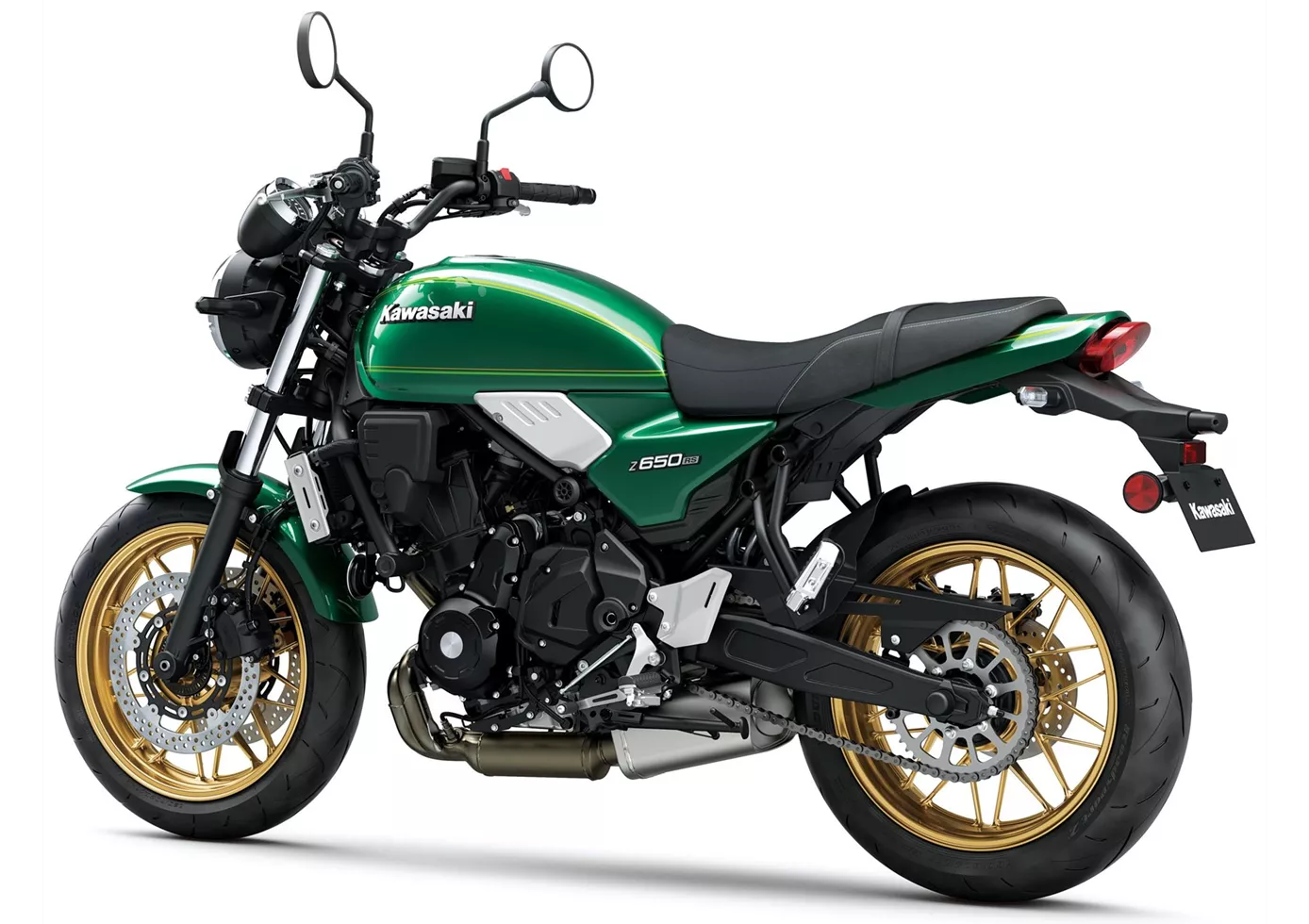
With the RS, Kawasaki proves that it has mastered the art of retro bikes. You immediately forget that underneath the pretty dress is the normal Z650, because thanks to the right details, the retro design has been convincingly implemented. In the saddle, you enjoy the accessibility that you know from the technical sister. A retro bike that both beginners and experienced bikers will really enjoy!
Price Comparison Avarage Market Price Kawasaki Z900 RS vs Kawasaki Z650 RS
There are a few key differences between a Kawasaki Z900 RS 2018 and a Kawasaki Z650 RS 2022. In terms of price, the actual average price of a Kawasaki Z900 RS 2018 is about 51% higher. A Kawasaki Z900 RS 2018 experiences a loss of 900 USD in one year of ownership. This is offset by a loss of 300 USD for a Kawasaki Z650 RS 2022. Compared to Kawasaki Z650 RS 2022 there are less Kawasaki Z900 RS 2018 bikes available on the 1000PS.de Marketplace, specifically 28 compared to 34. It takes less time to sell a Kawasaki Z650 RS with 146 days compared to 154 days for the Kawasaki Z900 RS. Since model year 2018 1000PS.de editors have written 26 reviews for the Kawasaki Z900 RS and 12 reviews for the Kawasaki Z650 RS since model year 2022. The first review for the Kawasaki Z900 RS was published on 9/6/2017 and now has more than 63,700 views. This compares to more than 39,300 views for the first review on Kawasaki Z650 RS published on 9/27/2021.

